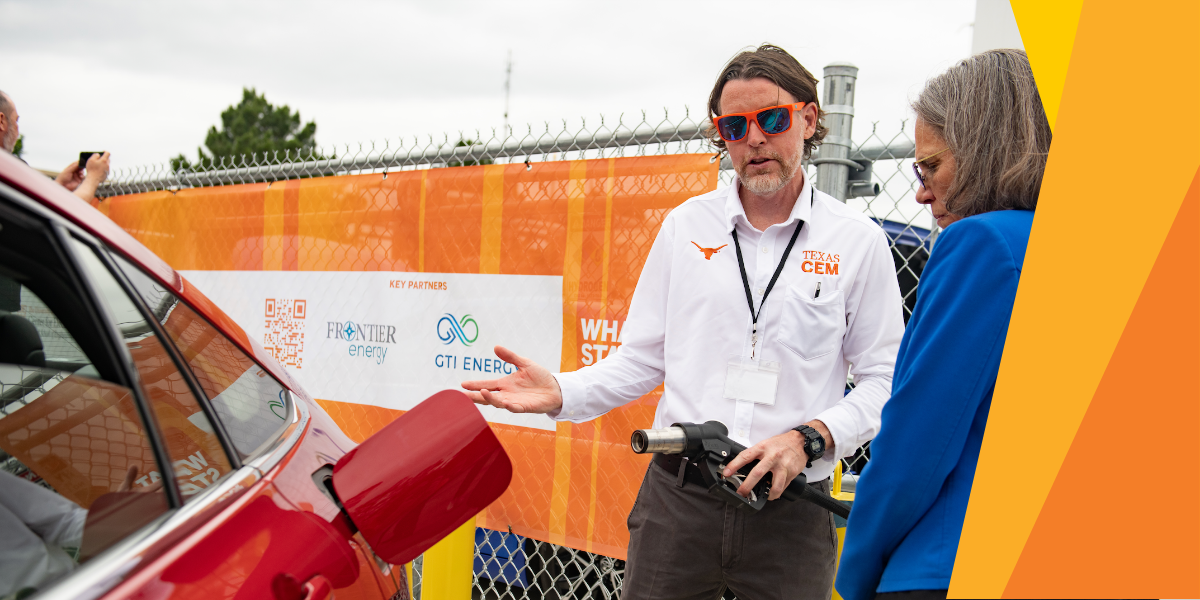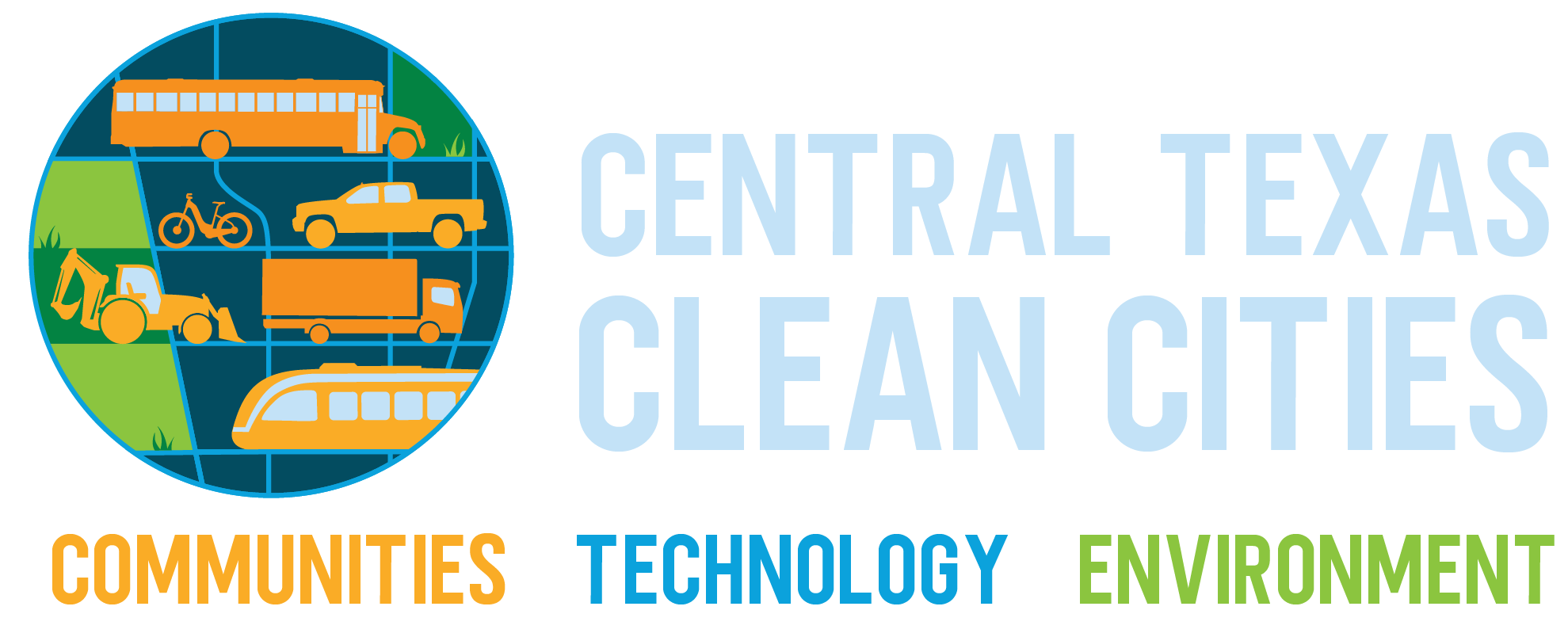

In 2022, the San Marcos City Marshal’s Office integrated two cutting-edge 2022 electric Zero DSR Motorcycles into their patrol fleet. Over the span of two years, these emission-free motorcycles have become integral assets to the Marshal’s Office during the summertime, when San Marcos’s parks will attract over 80,000 visitors. The lighter-weight Zeros offer easier mobility with no fumes and minimal noise which aids in creating a
cleaner and more eco-friendly environmentally-conscious community. The Zero is quieter and lighter, with no gas fumes compared to a gas motor, making it easier to navigate through crowds of people. Outside of summer, the Zeros are used for regular patrol and traffic enforcement throughout the city and within school zones. The EV Motorcycles in Texas require the same type of law enforcement motorcycle training as a gas motorcycle. The Marshal’s Office has noted the remarkable reliability of the motorcycles’ battery and range. Starting each shift with a full charge, the motorcycles consistently are used for 10-hour patrols, typically retaining between 30-40% charge by the end of the day, though this may vary depending on the specific patrolling activities. The Marshal’s Office implementation of the Zero Motorcycles in San Marcos parks shows how the city goes above and beyond to be mindful in the environmentally sensitive areas of the city.
What changes can your fleet make to be more environmentally conscious without compromising work efficiency?
All Photos provided by City Marshal’s Office.

On April 23rd, GTI Energy, the University of Texas Center for ElectroMechanics, Frontier Energy, U.S. DOE, and 15 corporate sponsors announced the opening of the now-operational H2@Scale site. This is a unique network of 4 renewable hydrogen production sources with on-site storage, dispensing, and distribution for power generation, vehicle operations, and fuel cell drone operations. We spoke with one of the leaders of the H2@Scale Project, Michael Lewis, and learned more about the future of the hydrogen R&D facility.
Nowhere else in the world can you find a similar site – this is a ‘proto hub’. It is believed to be the very first site in the world where multiple forms of hydrogen generation and multiple end users are all co-located in the same spot, to replicate what a future hydrogen ecosystem can look like at scale. Located at the Pickle Research Campus at UT Austin, hydrogen is being produced in two ways: (1) from renewable landfill natural gas using two steam methane reformers, (2) from water and renewable electricity using two electrolyzers. The combined production capacity is 120 kgs of hydrogen per day.
The H2@Scale project will continue to operate through the summer of 2025. The site has been developed in mind for further expansion and future projects. After completing the project, Mike and other faculty members anticipate that the facility will be a cornerstone for future Hydrogen Research and Development at UT Austin.
Future projects may include: studying generation hydrogen production, new emerging technologies, hydrogen storage, and the potential upgrading of the fuel capacity to pilot the demonstration of transit buses or other heavy-duty vehicles. The site in its current state will allow more UT students the opportunity to have hands-on access to hardware like compressors, electrolyzers, and carbon capture technologies. Mike explained, “Engineering students today don’t necessarily get their hands on hardware a lot. They may not even be able to identify an electrolyzer if they saw one. They know all the chemistry, math, and physics behind it, but what it physically takes to implement one is less understood and not necessarily taught in their classes? Even for compressors and pieces of this system, they haven’t had the opportunity to see them and work with them. I’d like to make sure that type of opportunity is available for students in the future with this hydrogen R&D facility”.
Mike Lewis and Sharon L. Wood, Executive Vice President and Provost. (Photo Courtesy of The University of Texas at Austin, Roy Peña – Center for Electromechanics)
The ribbon-cutting ceremony signifies a pivotal moment in the future of hydrogen in Texas. We asked Mike about the impact the H2@Scale project will have on Hydrogen vehicles in the future, because part of the current research involves ways to reduce the cost of fuel. Mike explained that Hydrogen, being a light gas, requires a lot of work and cost to store it for use on a vehicle. A kilogram of hydrogen is about the same energy equivalent of a gallon of diesel, so when we consider the cost of hydrogen on a per kilogram basis, we can compare it to the cost of gas on a per gallon basis. However, a fuel cell electric vehicle can be much more efficient than a traditional internal combustion engine vehicle. It is better to look at the cost in terms of total ownership or fuel cost per mile rather than the direct comparison of the cost of a gallon of diesel to a kilogram of hydrogen. Supply and demand play an important role in the cost of hydrogen, investment in new technologies and production tax credits will help to reduce costs over time.
At the ribbon-cutting ceremony, UT Austin introduced the new red, black, and blue fuel cell Toyota Mirais which will refuel on-site. Mike says they also anticipate supporting the fueling of fuel cell powered drones; where a trailer is filled with hydrogen to refuel drones off site. A long-term goal for this fueling station is to have more affordable and accessible hydrogens so fleets operating heavy-duty or transit vehicles can opt for zero-emission hydrogen vehicles. Hydrogen has the potential to help decarbonize transporatation. Research like the H2@Scale project will help to lead Texas to be a leader in supplying sustainably sourced hydrogen.
Newly purchased Red, Blue, & Black Toyota Mirais (Photos Courtesy of The University of Texas at Austin, Jack Meyer– Cockrell School of Engineering)
At the ribbon-cutting ceremony, UT Austin introduced the new red, black, and blue fuel cell Toyota Mirais which will refuel on-site. Mike says they also anticipate supporting the fueling of fuel cell powered drones; where a trailer is filled with hydrogen to refuel drones off site. A long-term goal for this fueling station is to have more affordable and accessible hydrogens so fleets operating heavy-duty or transit vehicles can opt for zero-emission hydrogen vehicles. Hydrogen has the potential to help decarbonize transportation. Research like the H2@Scale project will help to lead Texas to be a leader in supplying sustainably sourced hydrogen.
Check out the Motor Week: AutoWorld featuring our Board of Directors member, Mark Kaligian, who highlights the Mighty Little EV Fleet at The University of Texas at Austin and the use of alternative fuels on campus. Some of the vehicles highlighted in this video are: Ford Lightings, Gem e2, Gem elXD, Gem e4, Polaris EV, and Columbia EV. Often, we talk about the benefits of alternative fuels, especially in fleet applications but struggle to address where is the most practical use. The small EV Fleet at UT Austin helps to see how right-sizing helps to make mobility more efficient and more environmental friendly for pedestrians.
This is our SECOND YEAR recognizing stakeholder organizations for their work in the following categories:

Texas Clean School Bus Program (TCSB) Funding $13.6M
The Texas Commission on Environmental Quality (TCEQ) Texas Emissions Reduction Plan (TERP) is now accepting applications for the Texas Clean School Bus (TCSB) program, which is designed to reduce school children’s exposure to diesel exhaust from school buses. Grants are available statewide for eligible public school districts and open-enrollment charter schools in Texas. Private schools do not qualify for funding.
Eligible Projects:
Replacing pre-2007, diesel-fueled school buses with buses that are the current or previous model year at the time you apply. If a bus is used under a lease or lease-purchase agreement, it only qualifies as a retrofit project.
Purchasing and installing a retrofit system on an eligible school bus.
Applications will be accepted and considered on a first-come, first-served basis until October 14, 2024 or until all available funds have been awarded.
Here are the step-by-step instructions to apply.
Texas Clean School Bus Program (TCSB) Funding $13.6M
Technical Expert Assistance to Support Planning for Bus Electrification
The National Renewable Energy Labortory (NREL) and The Joint Office of Energy and Transportation are working together to provide The Clean Bus Planning Awards (CBPA) Program. The CBPA is not an incentive program, and fleets do not receive direct funding—rather, selected applicants will be allocated technical assistance resources by NREL.
Applications for assistance are open on a rolling basis through Sept. 30, 2024, giving fleets an opportunity to fully understand their needs before applying for support. This new program will reduce the burden of electrification by helping fleet managers create a step-by-step plan to transition their bus fleet. Click here to apply.
The Lunch and Learn featured CBPA Project Lead, Mike Jones who covered the details of the program including:
Who is eligible to apply?
The estimated Project Timeline.
What is expected of applicants?
And how this project benefits the electrification process of your Fleet!


Clean Heavy-Duty Vehicles Program
Announcing the 2024 Clean Heavy-Duty Vehicles Grant Program!
The U.S. Environmental Protection Agency announced the launch of the 2024 Clean Heavy-Duty Vehicles Grant Program to fund the replacement of non-zero-emission Class 6 and Class 7 heavy-duty vehicles with zero-emission vehicles. The EPA expects to offer up to $932 million in funding for high-quality applications that propose to serve communities across the country, particularly those overburdened by air pollution. At least $400 million will be used to fund projects in communities in air quality nonattainment areas.
Eligible applicants to the Clean Heavy-Duty Vehicles Grant Program include:
States, including U.S. territories;
Municipalities, including public school districts;
Indian Tribes; and
Nonprofit school transportation associations.
Click here to learn more about eligible vehicles and projects.
Applicants must submit all application materials by:
July 25, 2024, at 11:59 PM ET
Potential applicants without a Grants.gov or System for Award Management (SAM.gov) accounts are encouraged to initiate the registration process for each account as soon as possible since the registration process can take a month or more.
Seaport and Rail Yard Areas Emissions Reduction Program (SPRY) Funding $20.3M
The Texas Commission on Environmental Quality (TCEQ) Texas Emissions Reduction Plan (TERP) is now accepting applications for the Seaport and Rail Yard Areas Emissions Reduction Program (SPRY) provides grants for upgrading or replacing older drayage and container handling equipment. Grants are available for individuals, corporations, organizations, governments, government agencies, and any other legal entity, which aslo may include a corporation headquartered outside of Texas that operates eligible equipment in Texas.
Eligible Projects:
Replacing or repowering drayage and cargo handling equipment and vehicles with newer ones.
New vehicles and equipment must emit nitrogen oxides (NOX) at a rate that is at least 25% less than the vehicles or equipment being replaced.
Applicants must have owned or leased eligible vehicles and equipment for at least the two years preceding the signature date on the application. Examples: aerial lifts and cranes, forklifts, crawler tractors, container handling equipment, haul trucks and yard trucks.
Here are the step-by-step instructions to apply.
*SPRY may be open depending on when you open the newsletter.
Announcing the 2024 Clean Heavy-Duty Vehicles Grant Program!
The U.S. Environmental Protection Agency announced the launch of the 2024 Clean Heavy-Duty Vehicles Grant Program to fund the replacement of non-zero-emission Class 6 and Class 7 heavy-duty vehicles with zero-emission vehicles. The EPA expects to offer up to $932 million in funding for high-quality applications that propose to serve communities across the country, particularly those overburdened by air pollution. At least $400 million will be used to fund projects in communities in air quality nonattainment areas.
Eligible applicants to the Clean Heavy-Duty Vehicles Grant Program include:
States, including U.S. territories;
Municipalities, including public school districts;
Indian Tribes; and
Nonprofit school transportation associations.
Click here to learn more about eligible vehicles and projects.
Applicants must submit all application materials by:
July 25, 2024, at 11:59 PM ET
Potential applicants without a Grants.gov or System for Award Management (SAM.gov) accounts are encouraged to initiate the registration process for each account as soon as possible since the registration process can take a month or more.
Grant Programs
EVENTS

May 29th, 2024 10:30 AM- 3:00 PM CST
Located at Oncor Service Center in Hutto
After registering, RSVP “yes” on Outlook invite for FREE Lunch.
For more information and to register

Tuesday, June 18th from 1:00 – 2:00 CST
Could this be your Community?
Texas has a growing number of biogas operations converting waste streams like landfill gas, animal waste, and waste water treatment by upgrading the gas generated by these operations for pipeline injection or use as vehicle fuel. This can be a source of income for communities, while producing clean transportation fuel. Texas has approximately 40 new plants coming on-line-Could this be a profitable resource in your community?
Join us as local experts will explain how they got started and the benefits of this technology to their communities.
Subscribe to our newsletters for the latest updates, events, and insights.


A U.S. Department of Energy designated coalition in the Clean Cities and Communities partnership.